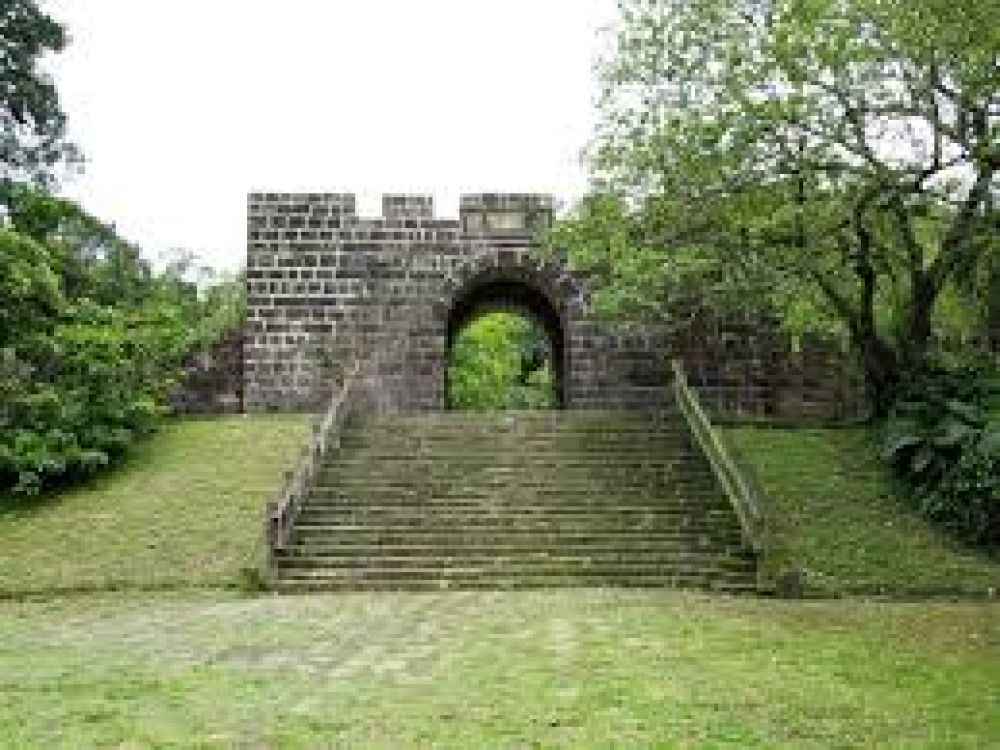

Perched on the hills overlooking the harbor city of Keelung, Ershawan Fort is a significant historical site in Taiwan. Also known as Haimen Tianxian, which translates to "Sea Gate Heavenly Fortress," this fort has stood as a guardian to Taiwan's northern coast since the 19th century. Its strategic position not only provides breathtaking views of the ocean but has also played a critical role in the region's defense during periods of conflict.
The history of tourism at Ershawan Fort is intertwined with the history of the fort itself. After losing its military significance in the 20th century, the fort transitioned to a historic site, preserving a piece of Taiwan's rich past. It was not until the late 20th century that tourism began to develop in the area, with the government recognizing the potential of the fort as a tourist attraction.
Preservation efforts in the 1980s and 1990s led to the restoration of the fort's walls, gates, and cannons. These restorations helped to transform the site from a forgotten relic into a celebrated historic monument. As domestic and international awareness grew, Ershawan Fort started to draw in visitors interested in its unique blend of natural beauty and cultural heritage.
Today, Ershawan Fort stands as a testament to the interplay between history and modern tourism. Visitors can embark on a journey through time as they meander through the sturdy gates and along the walls that once protected the island. The integration of interactive exhibits has allowed for a more engaging experience, catering to the desires of a new generation of tech-savvy tourists.
Keelung's local authorities have also been fostering sustainable tourism practices to ensure that the fort remains a viable and environmentally responsible attraction for years to come. These efforts include managing tourist inflow to prevent overcrowding and the implementation of conservation techniques to preserve the fort's structural integrity and surrounding landscape.
Additionally, the fort has embraced the global trend of experiential travel. Beyond the historical tours, visitors can participate in various cultural events and festivals held at the site, immersing themselves in local traditions and narratives.
Those planning to visit Ershawn Fort are encouraged to explore it as part of a broader itinerary that takes in Keelung's other attractions, such as the famous Miaokou Night Market and the natural beauty of the harbor city. Accessible by a short drive from Taipei, Ershawan Fort is not just a monument but a gateway to understanding Taiwan's story, one stone at a time.
Looking ahead, the future of tourism at Ershawan Fort appears bright as initiatives are in place to preserve cultural legacy while adapting to modern tourism needs. The focus remains on enhancing visitor services and facilities while maintaining the essence and historic value of the fort. Such balanced development ensures Ershawan Fort will continue to be a cherished destination for both locals and tourists.